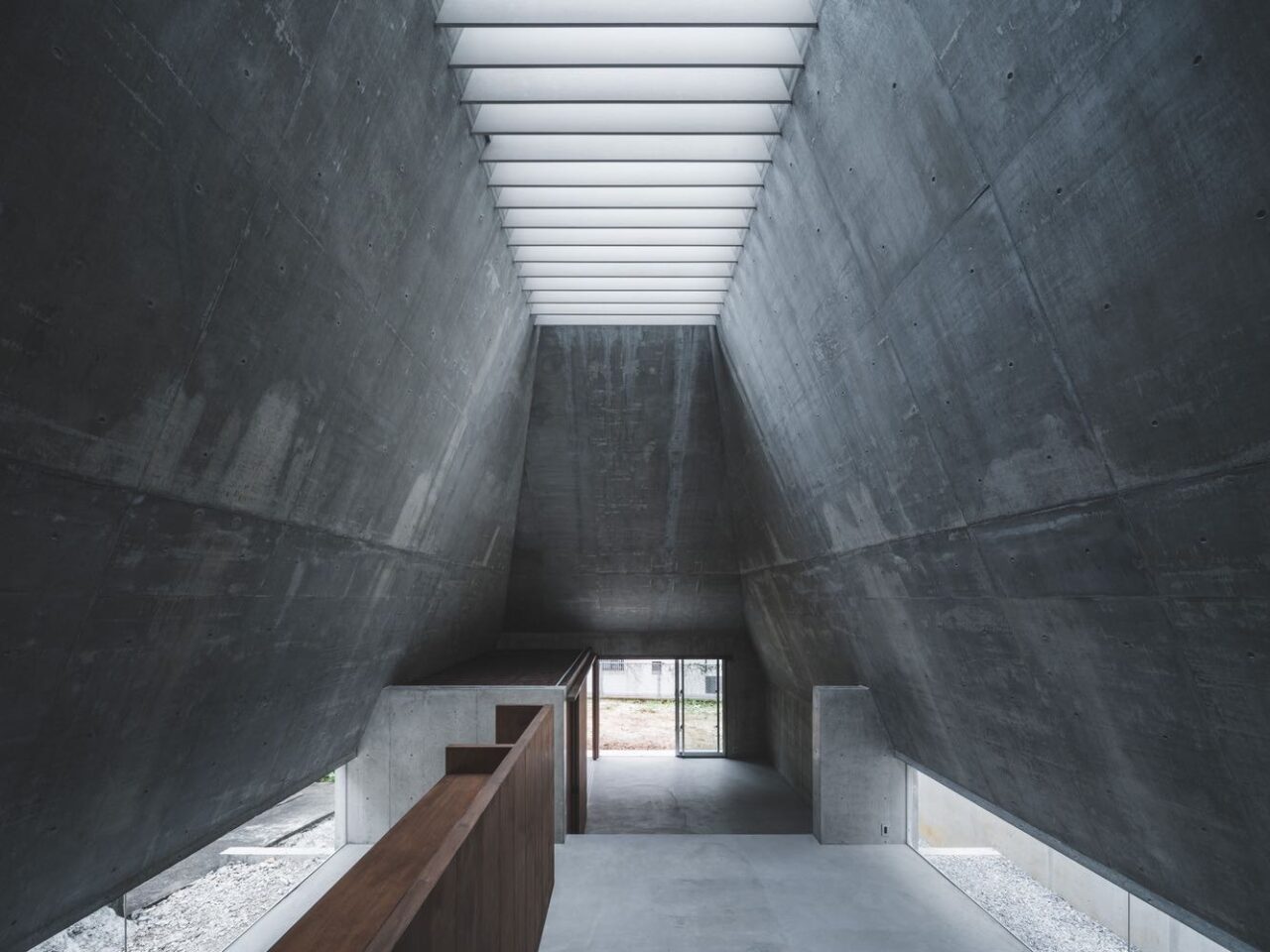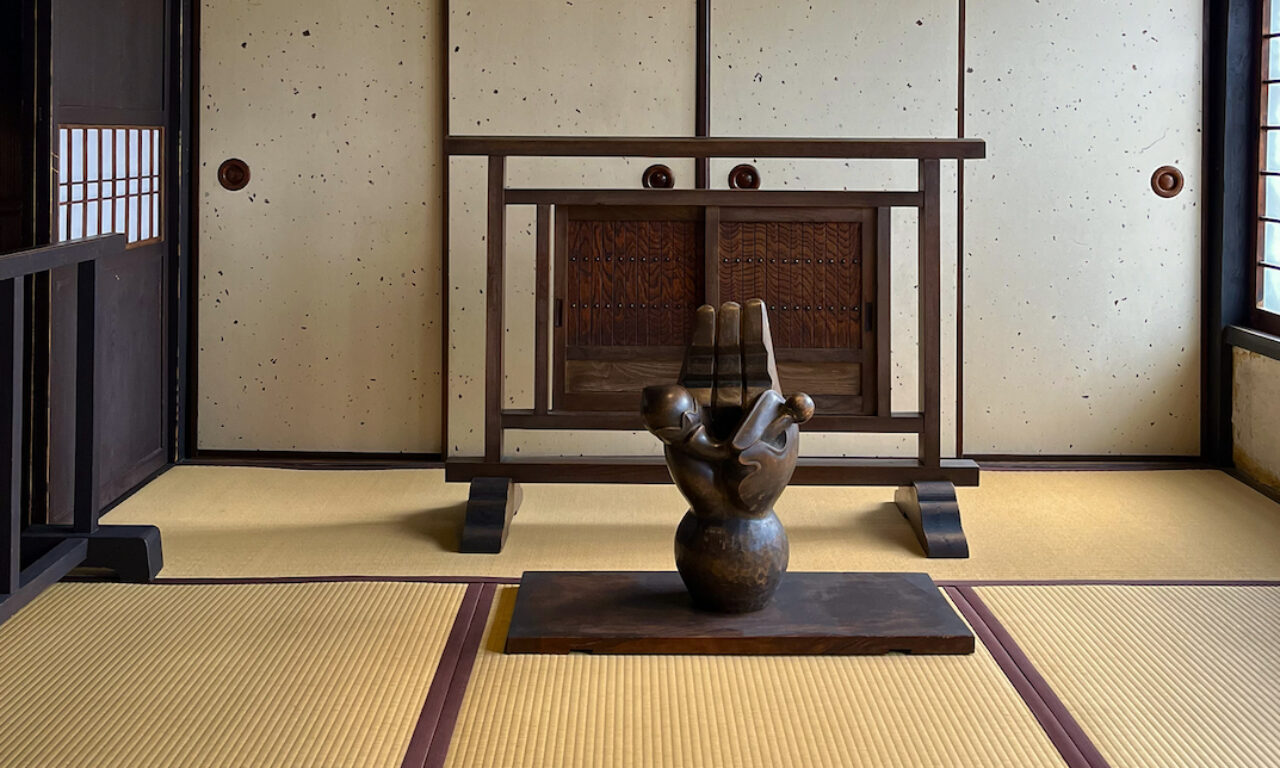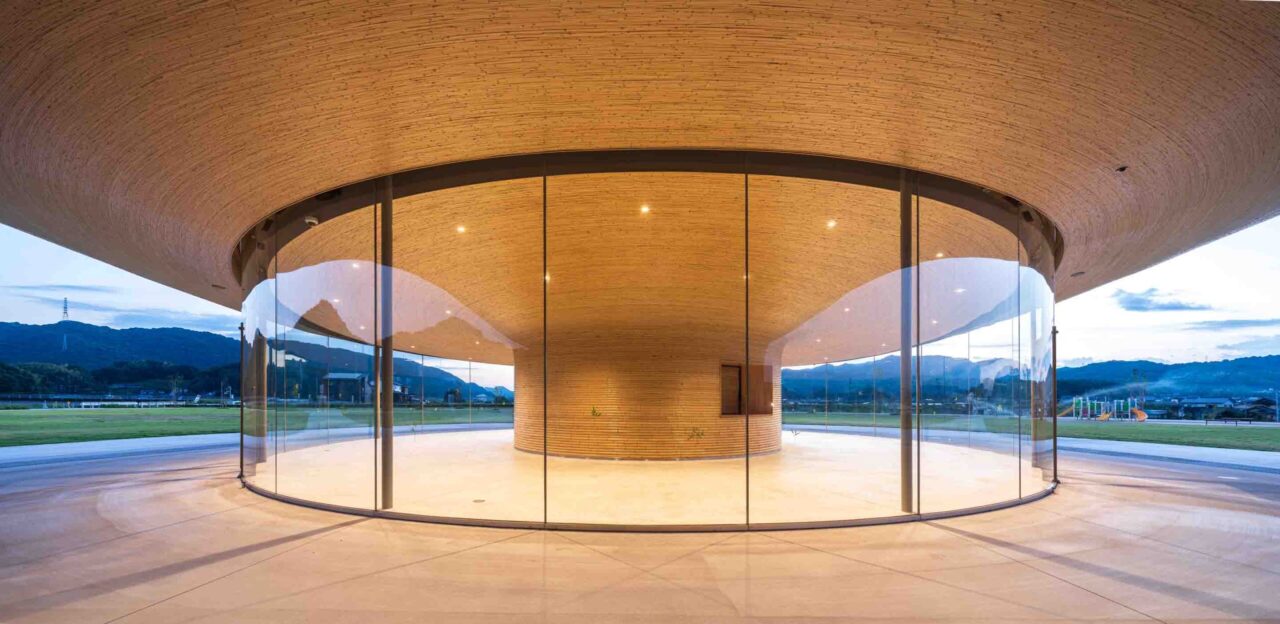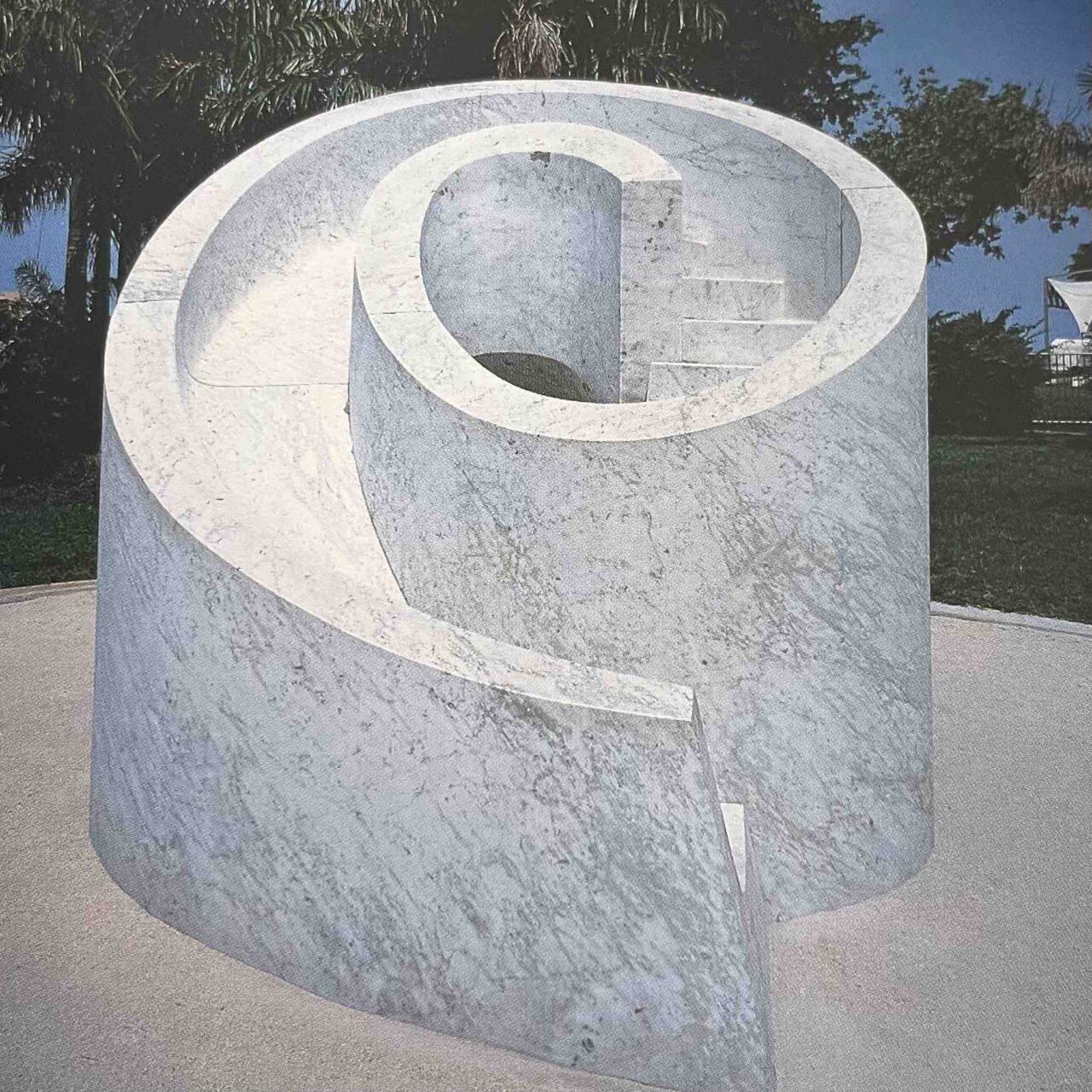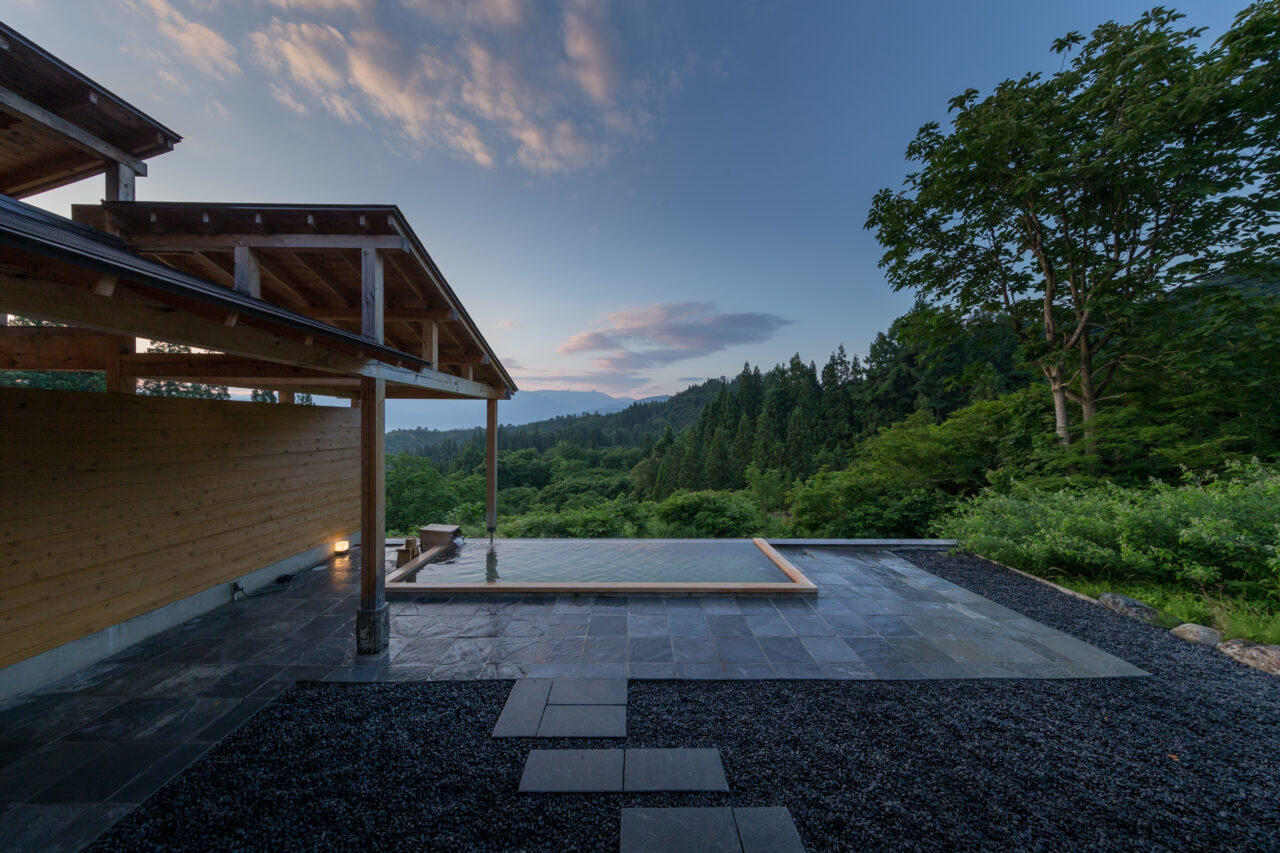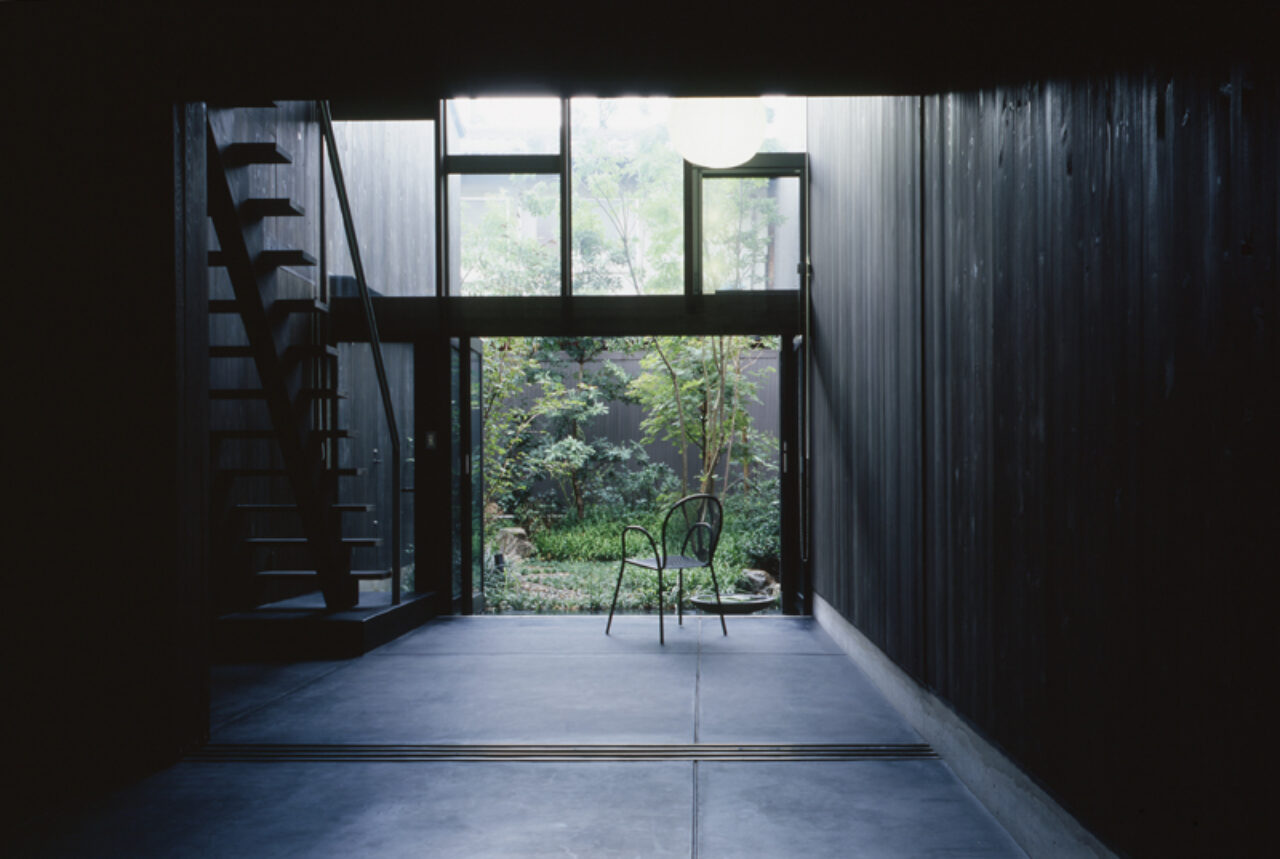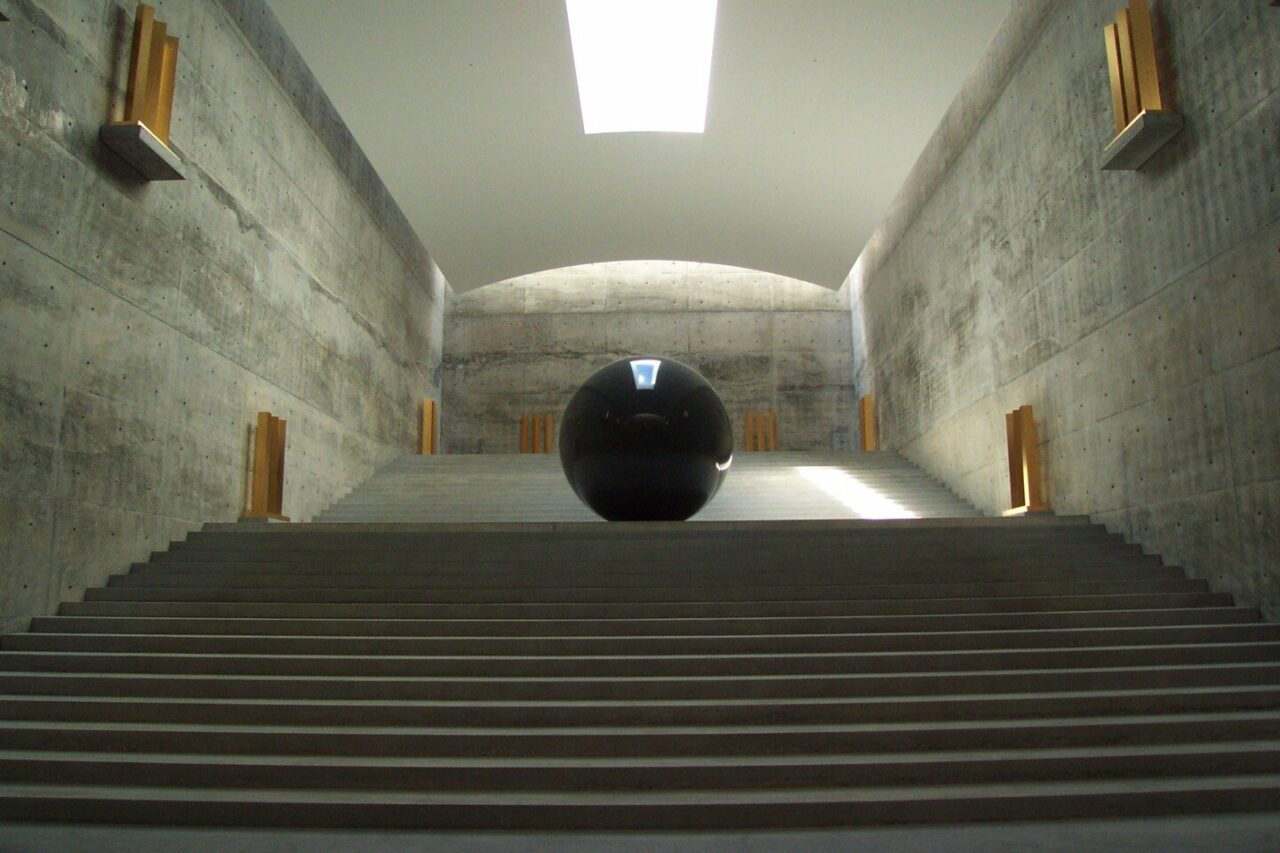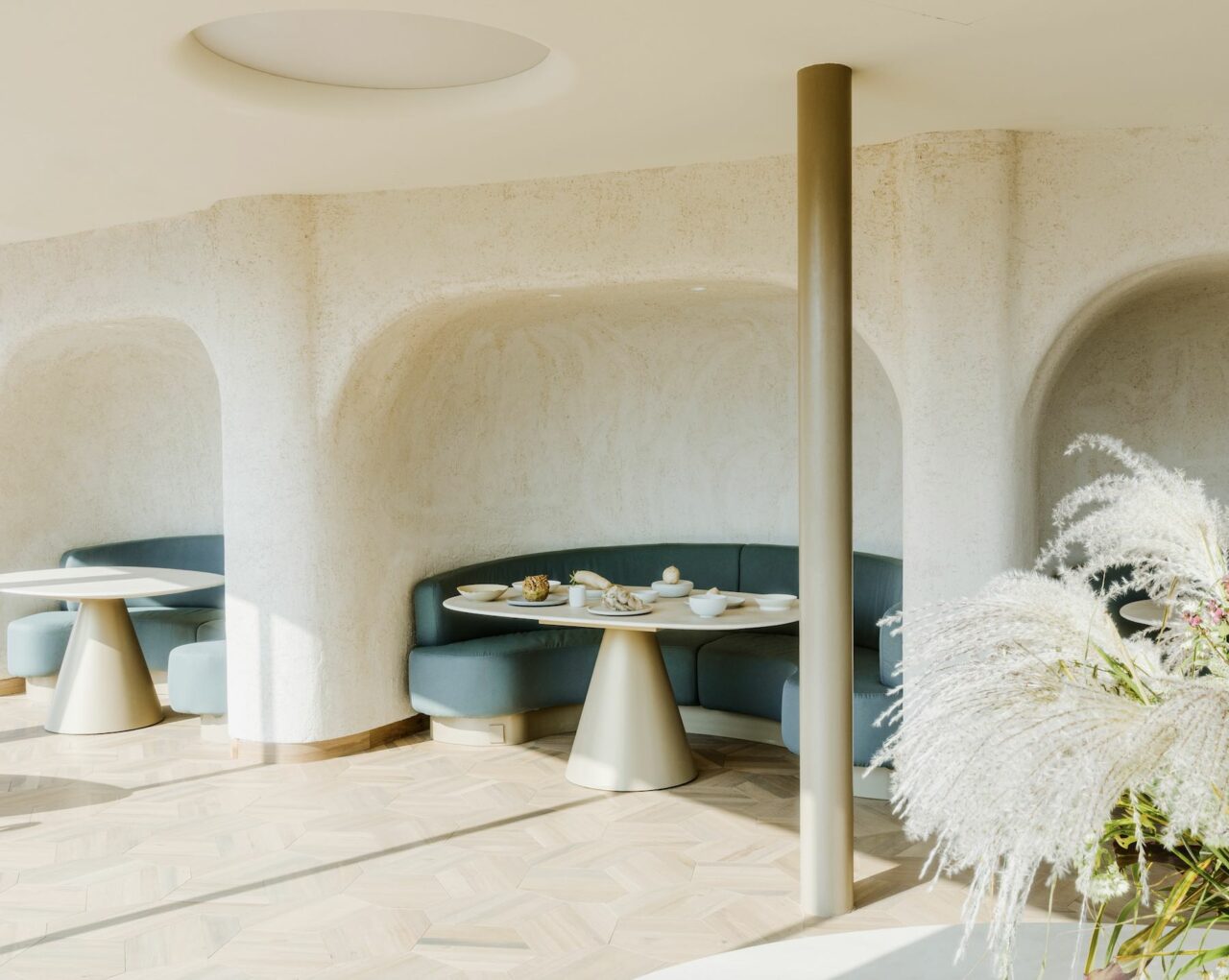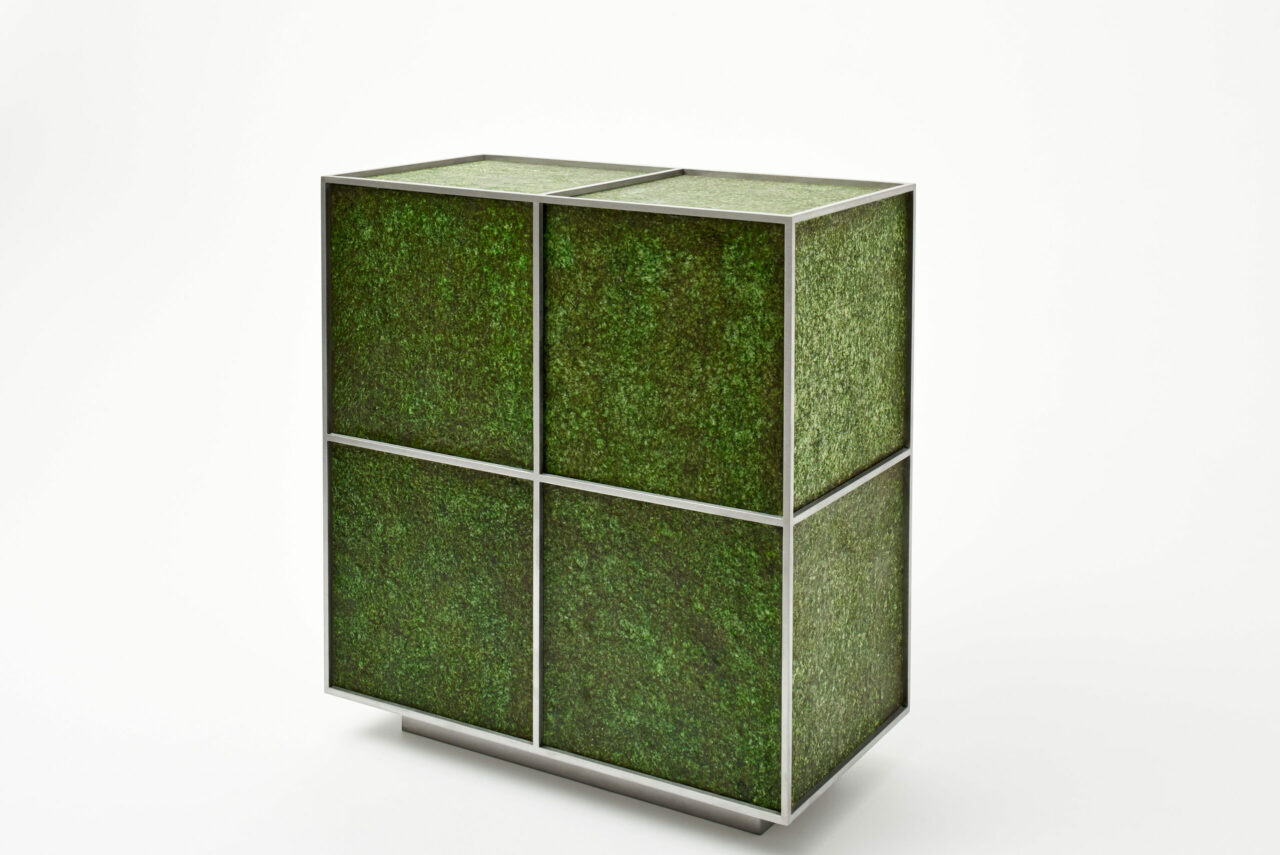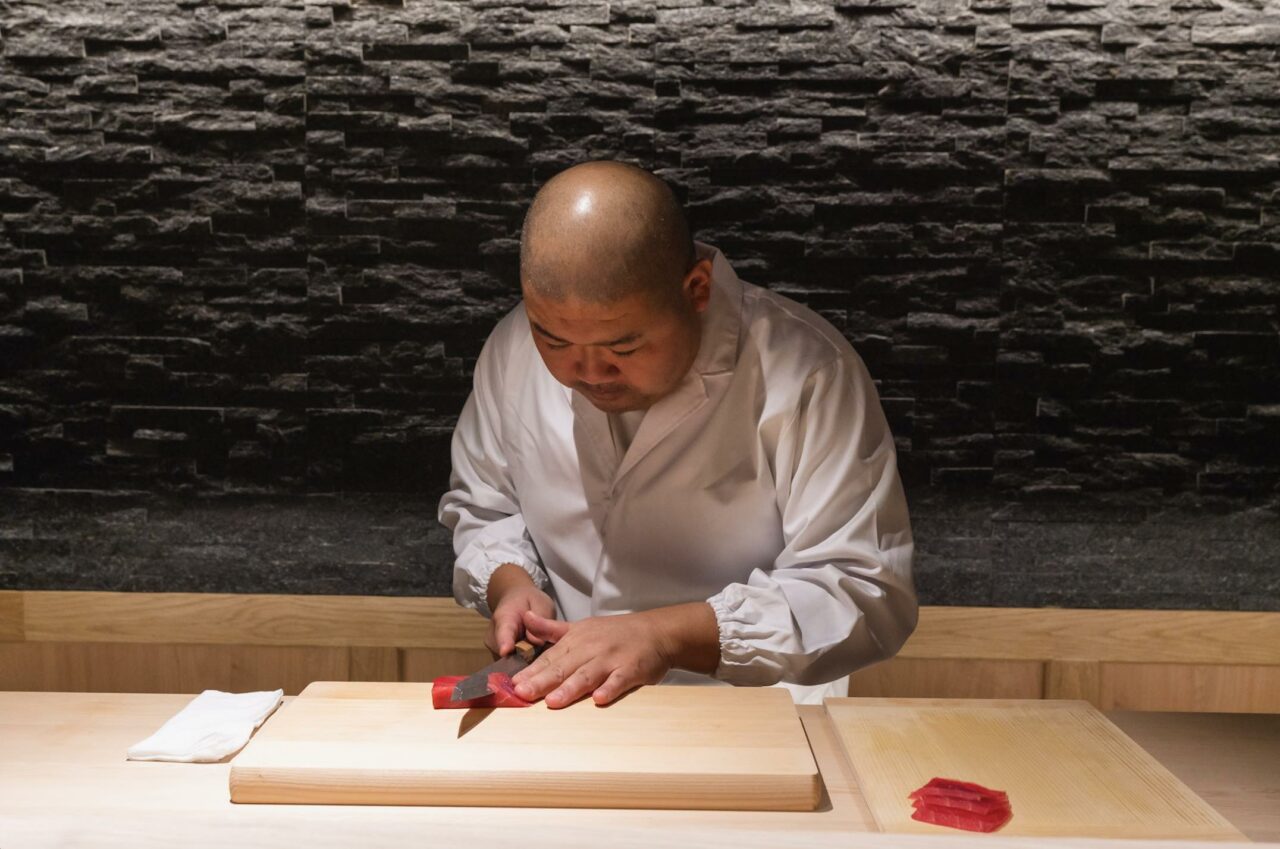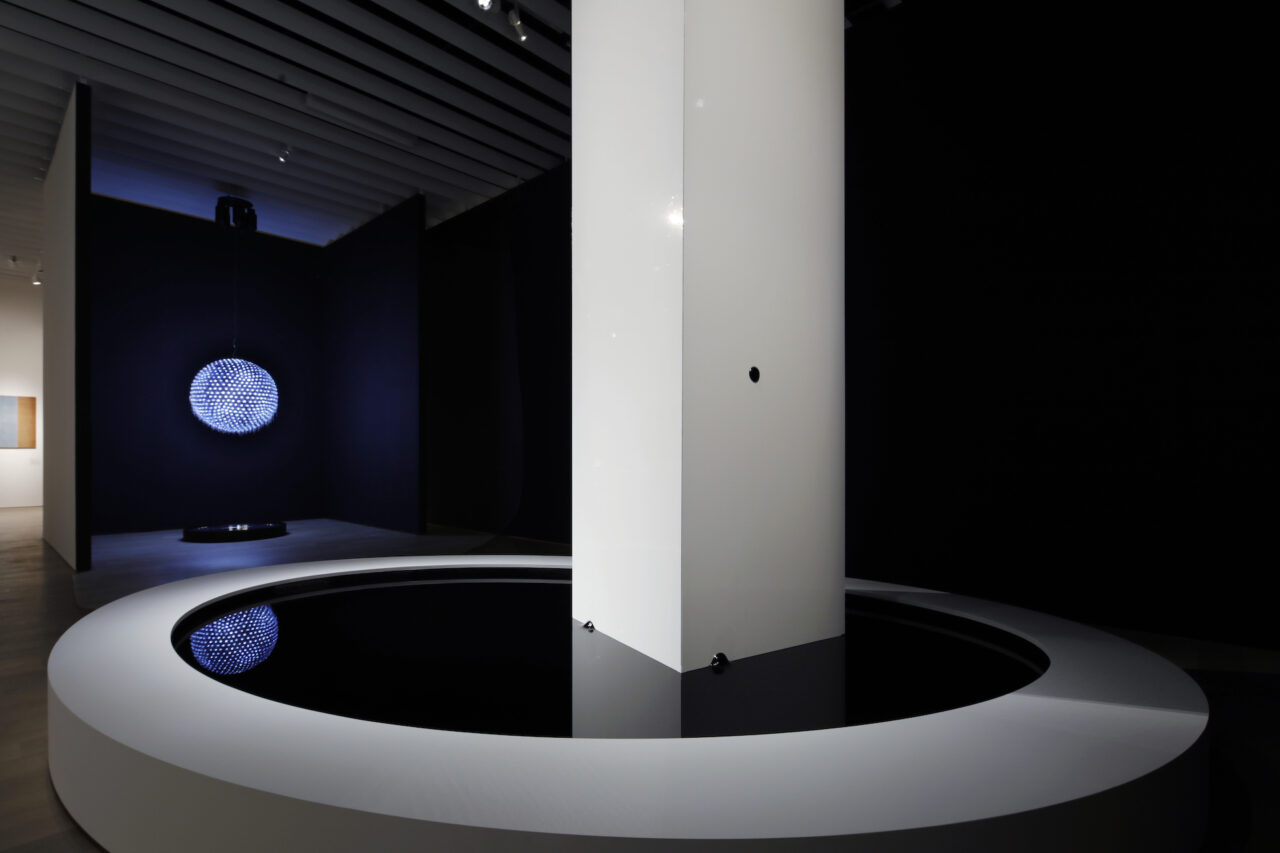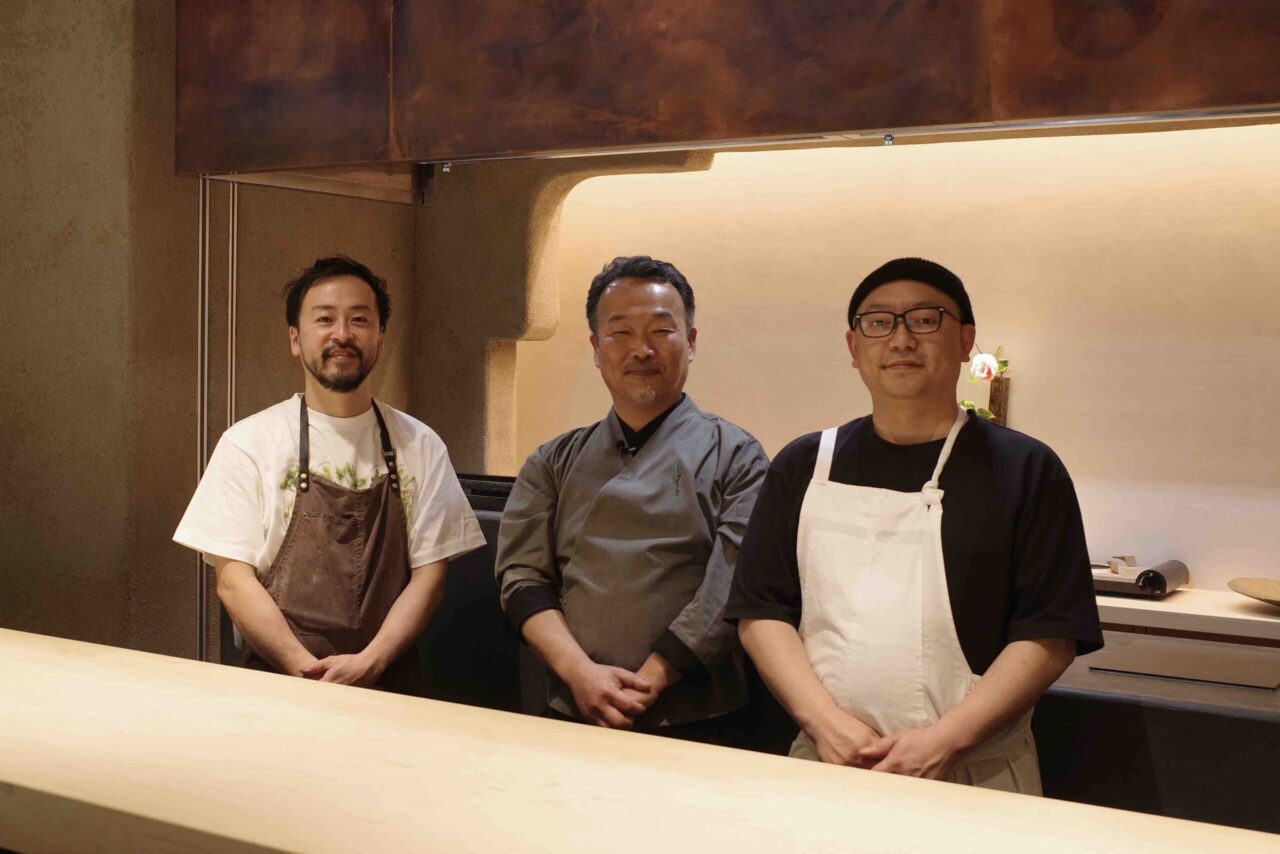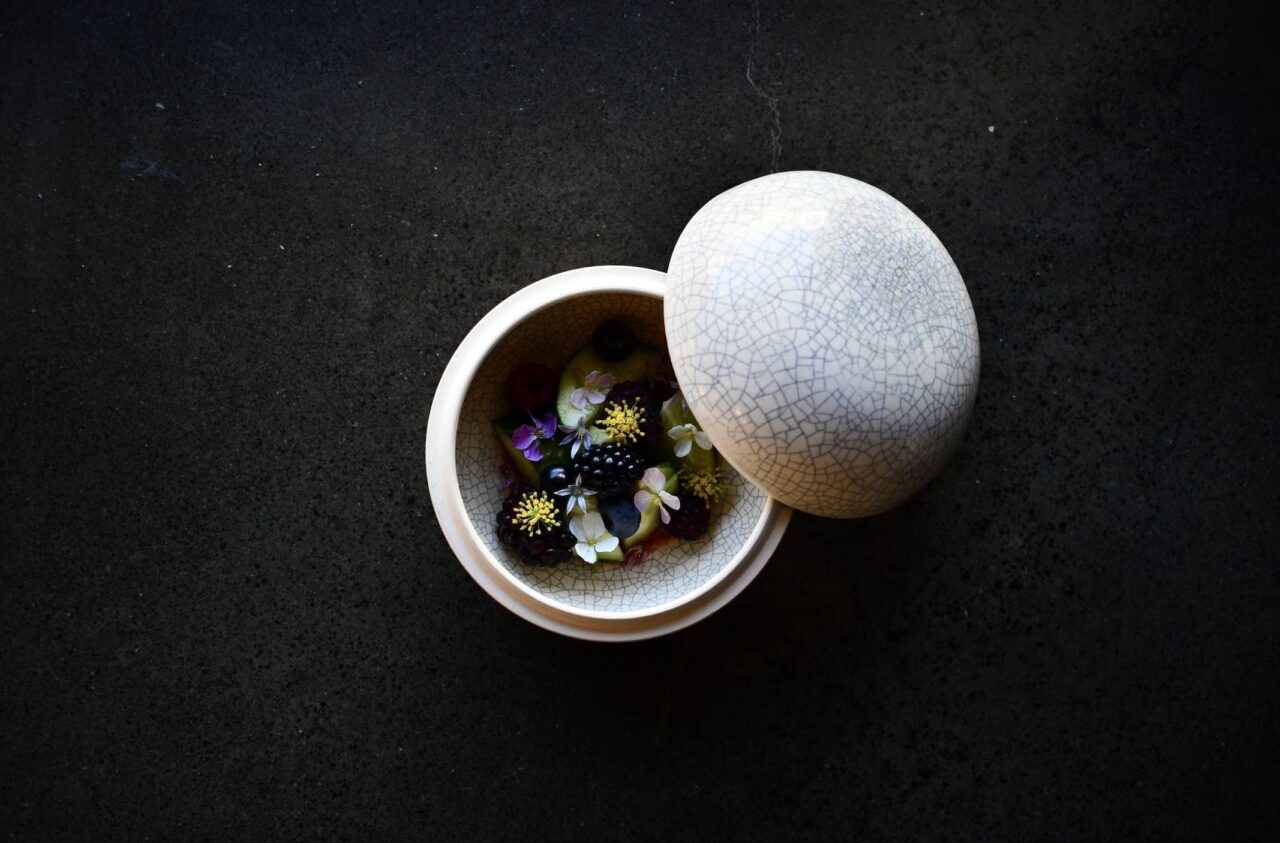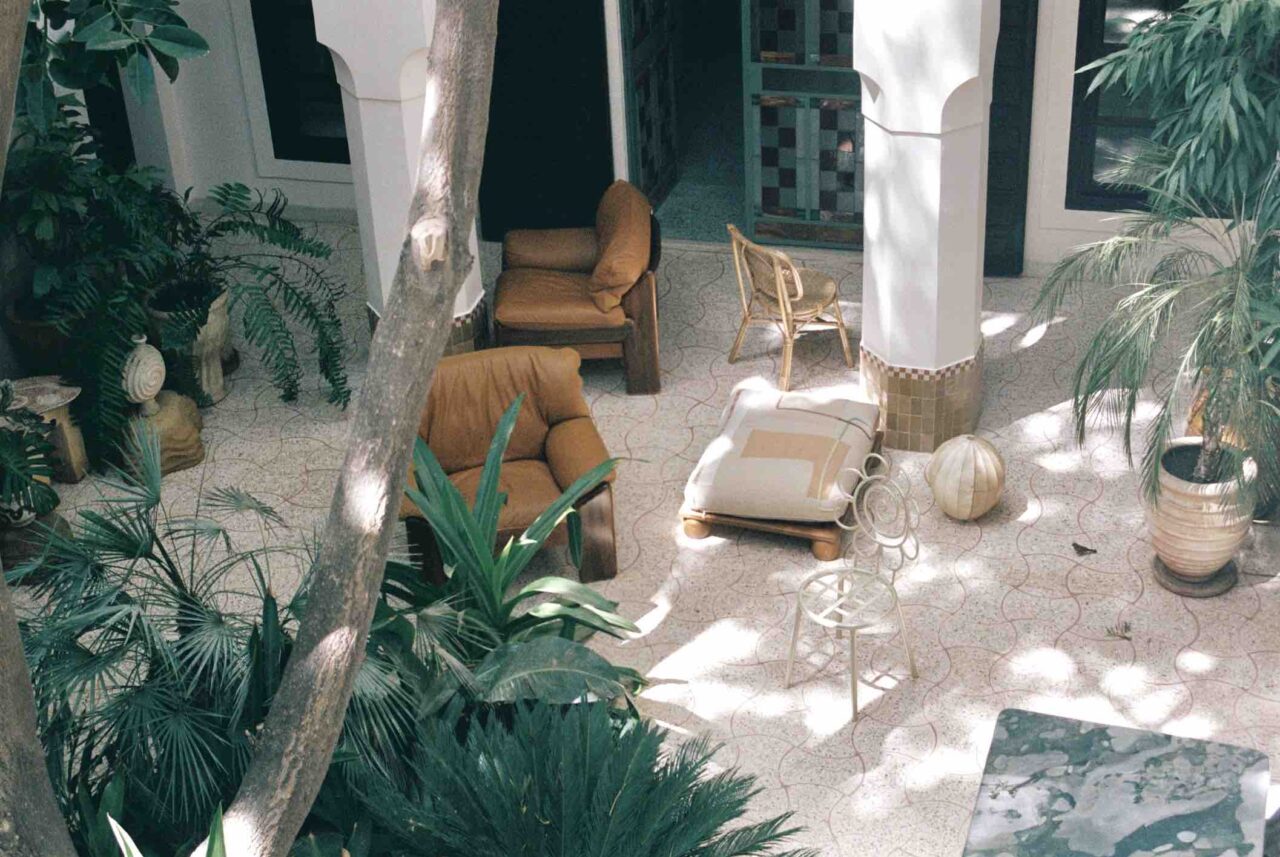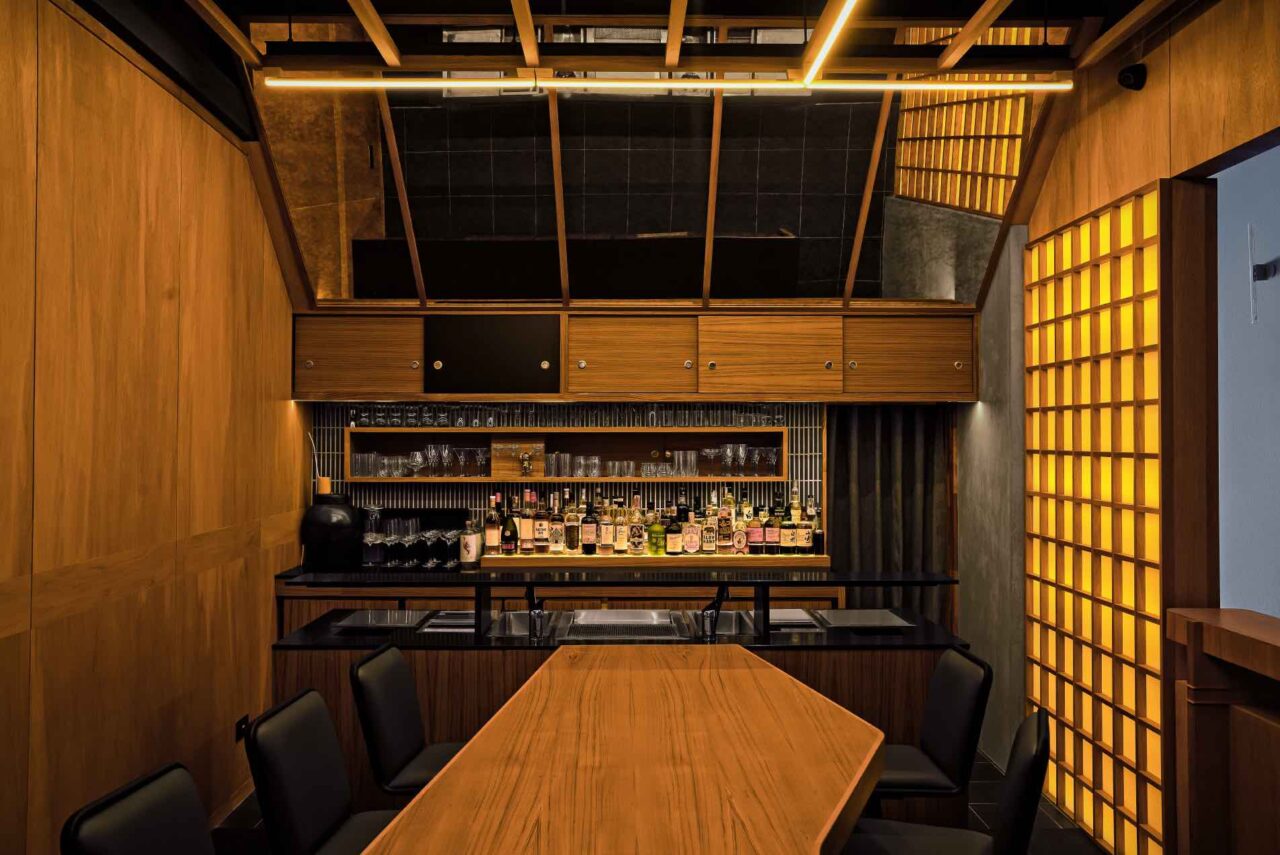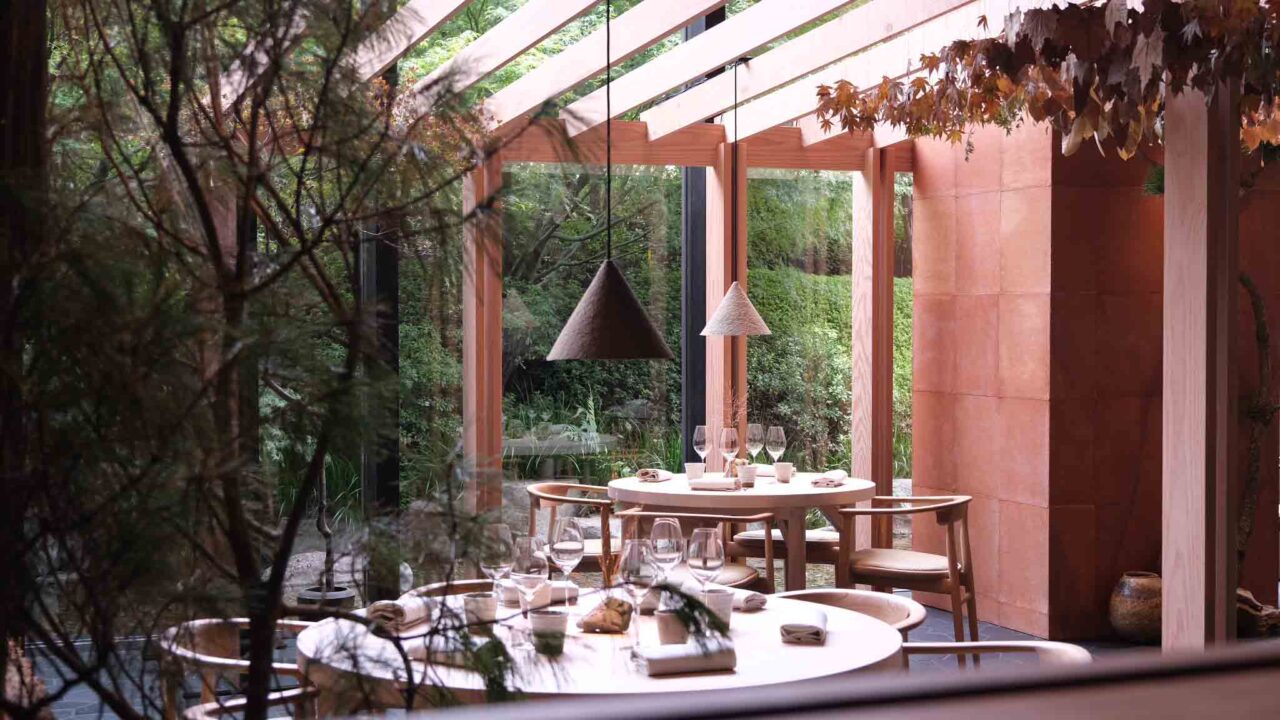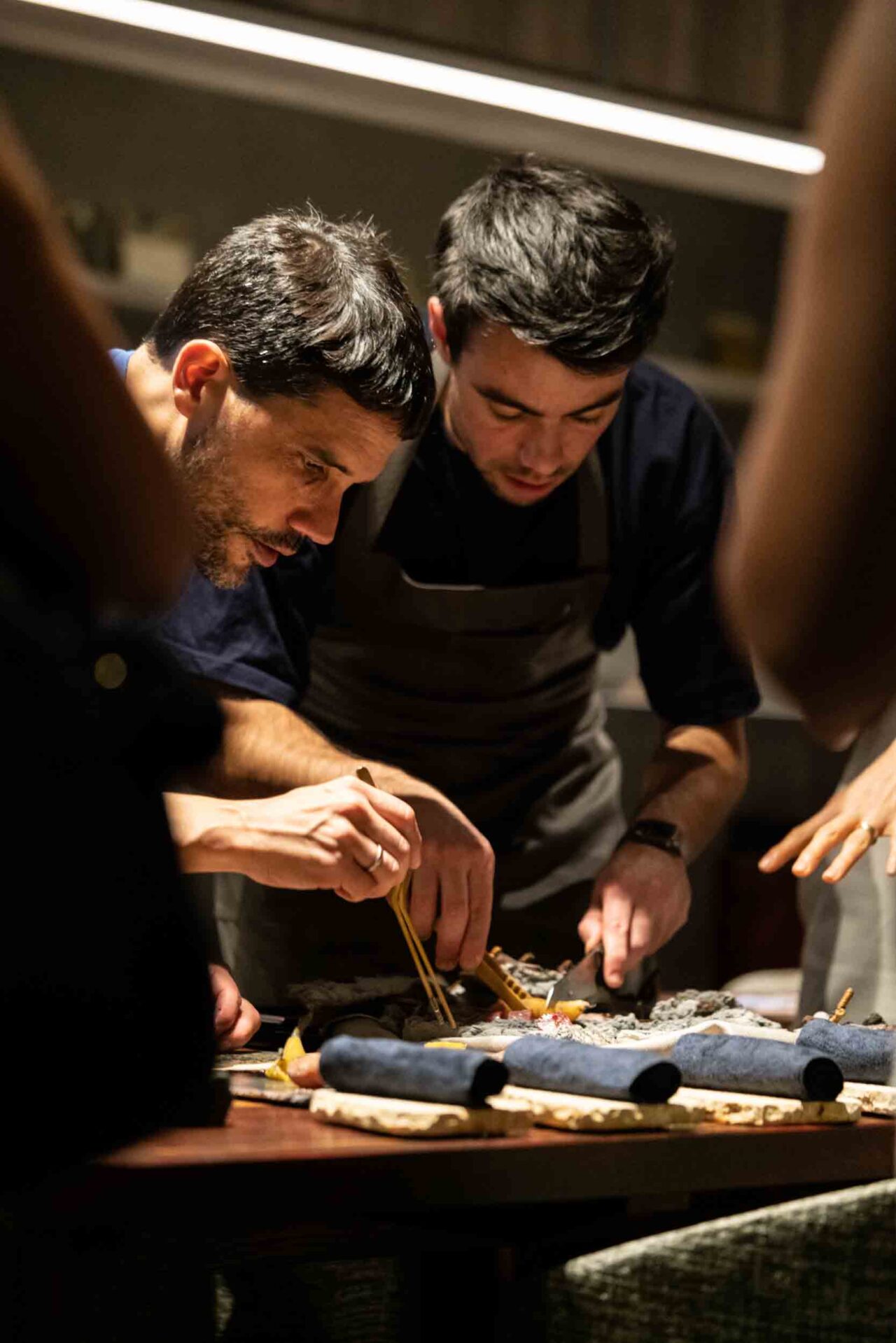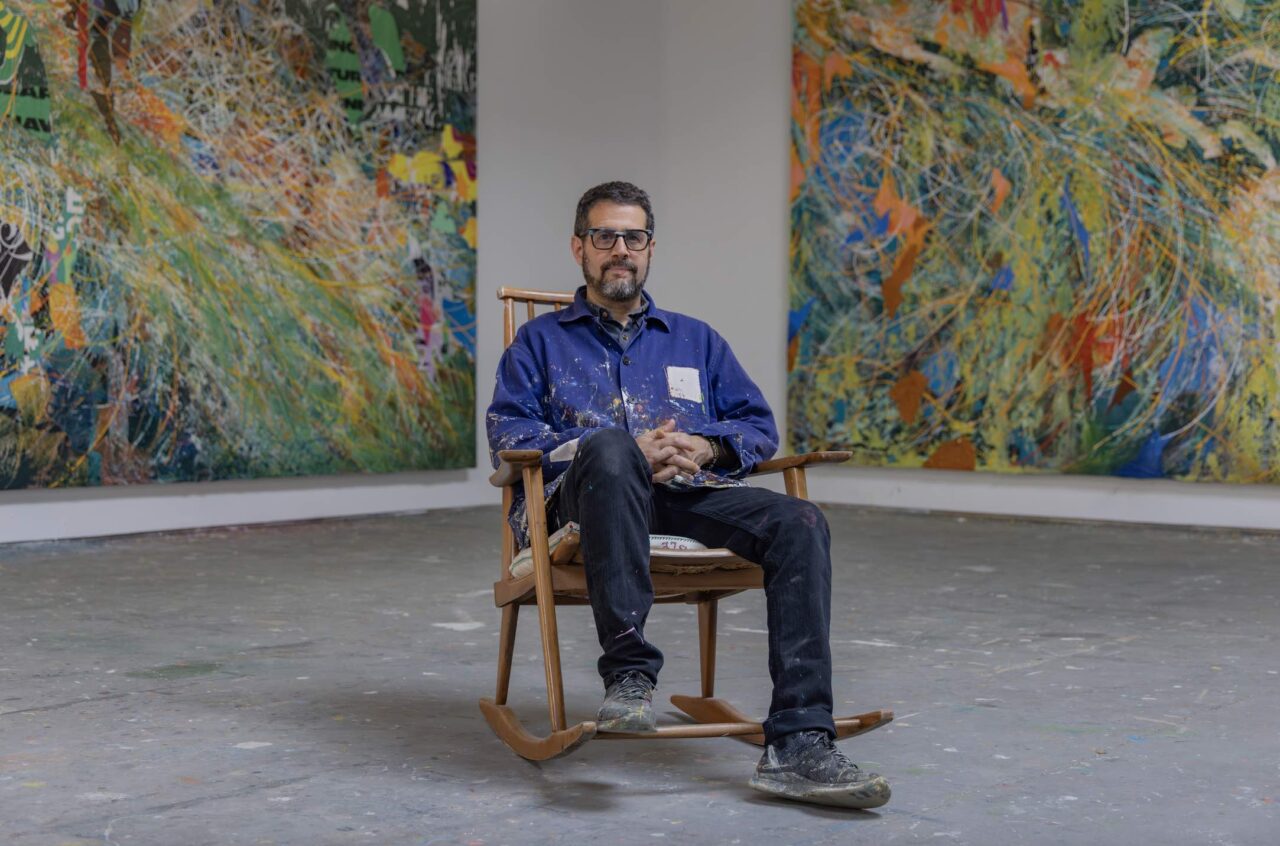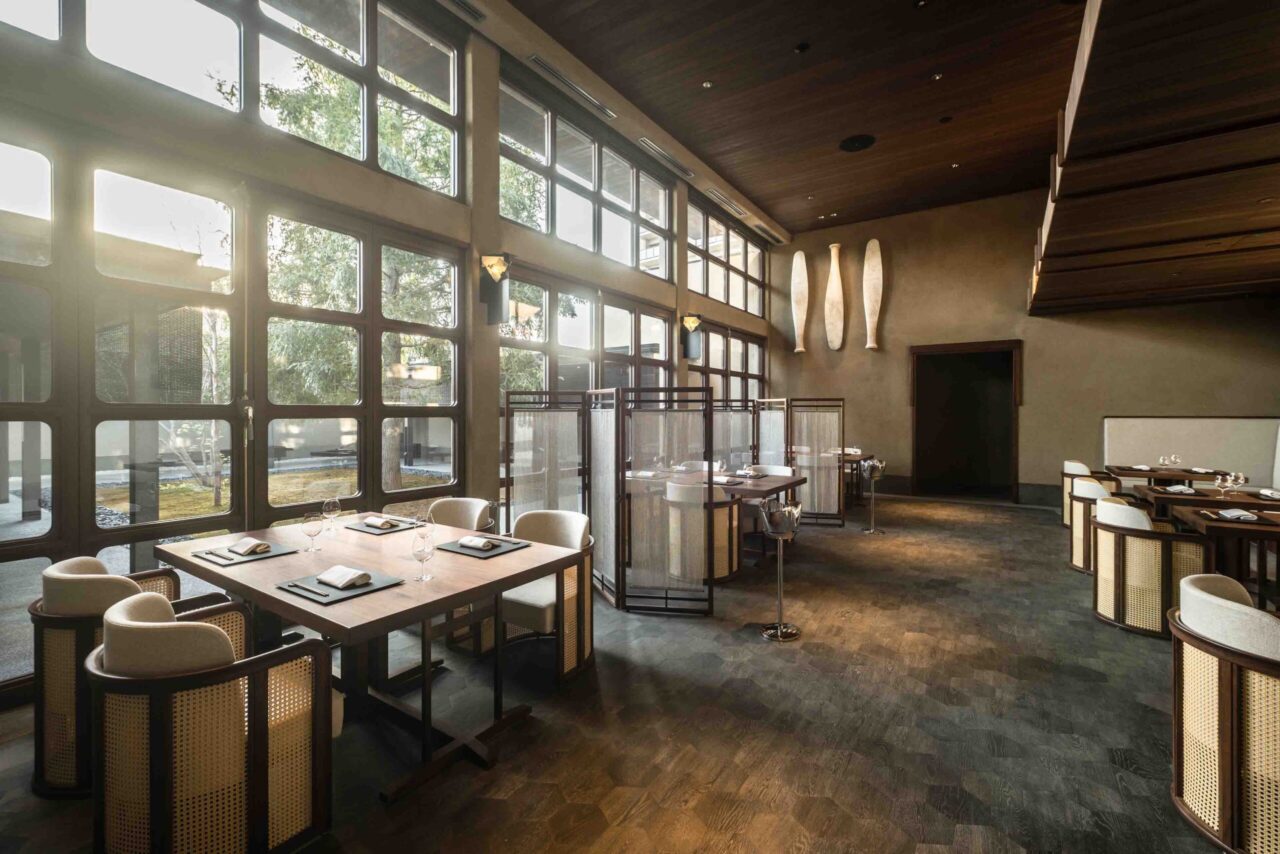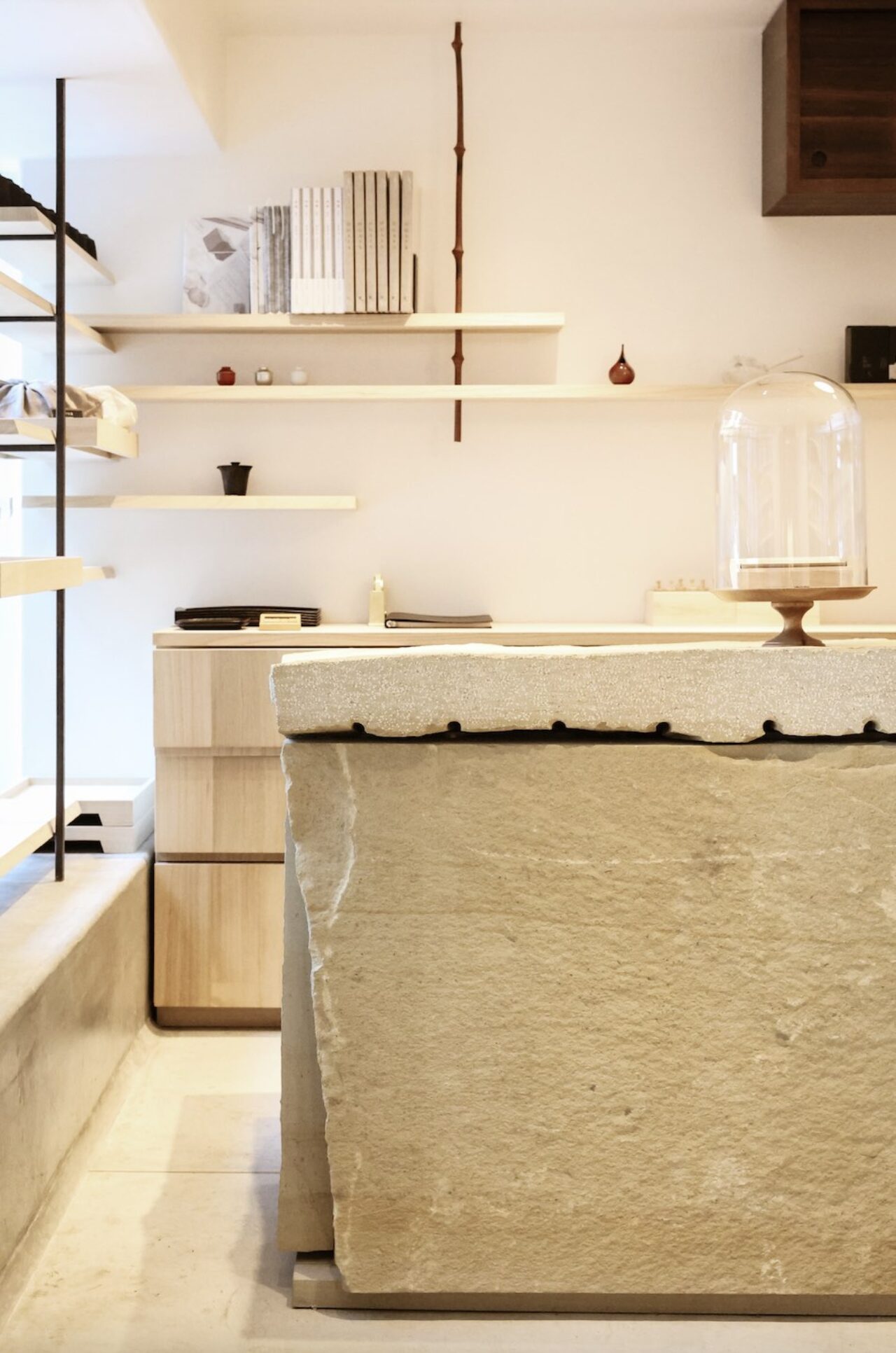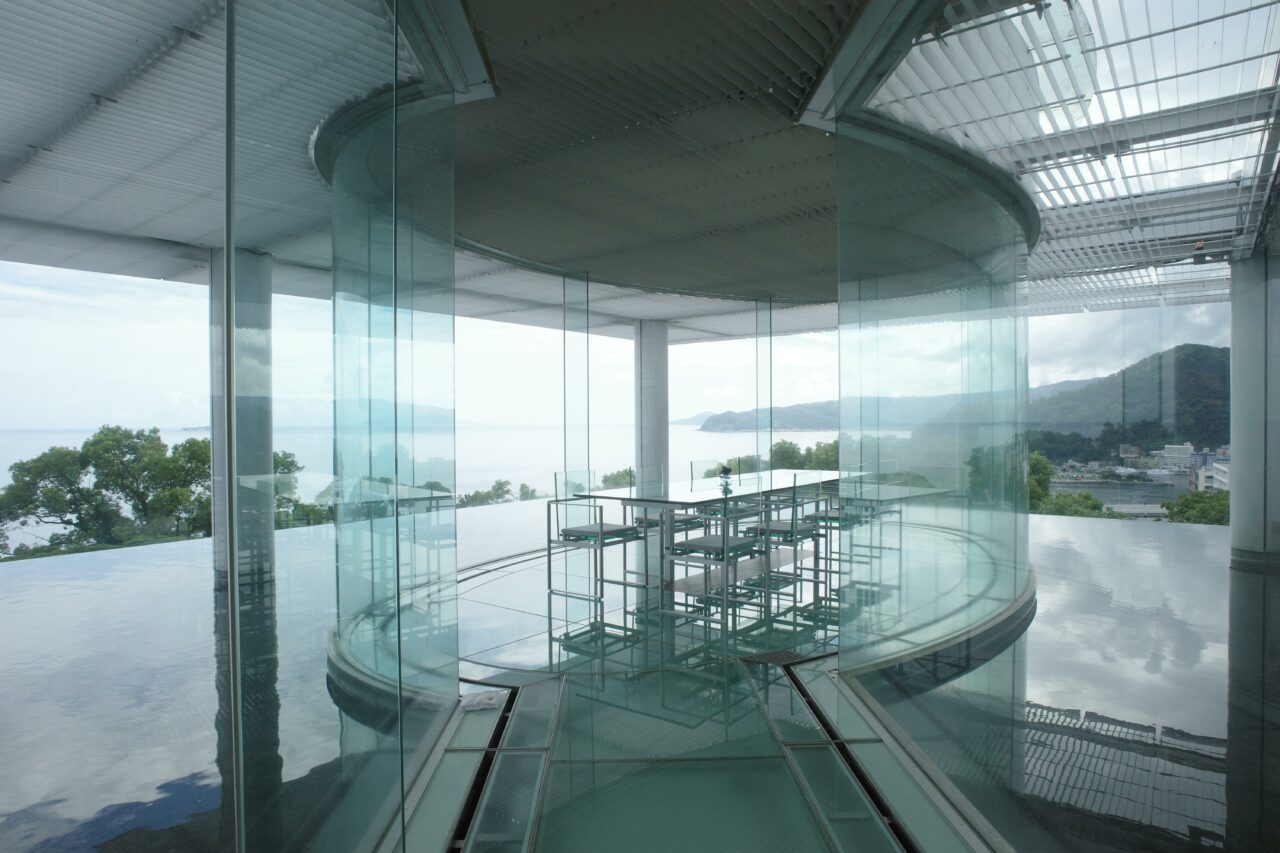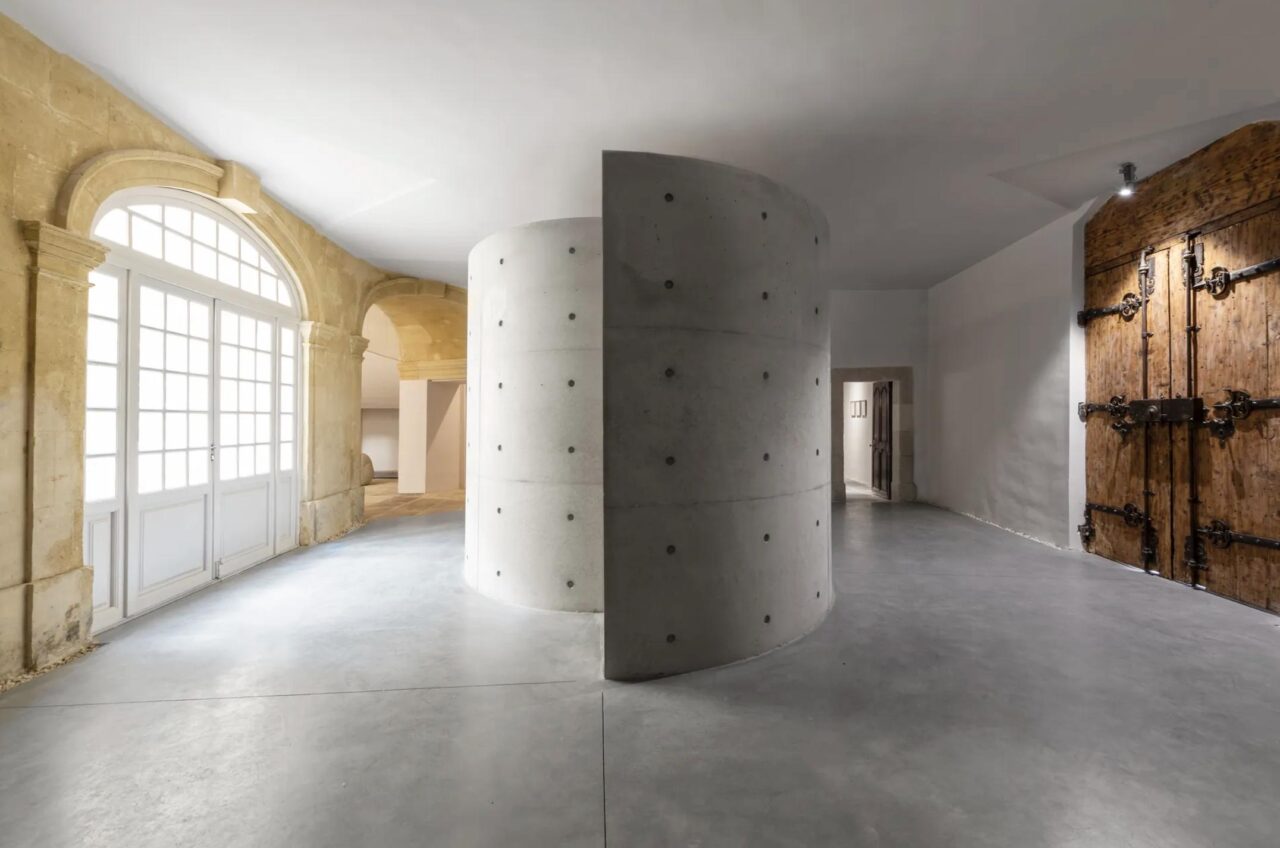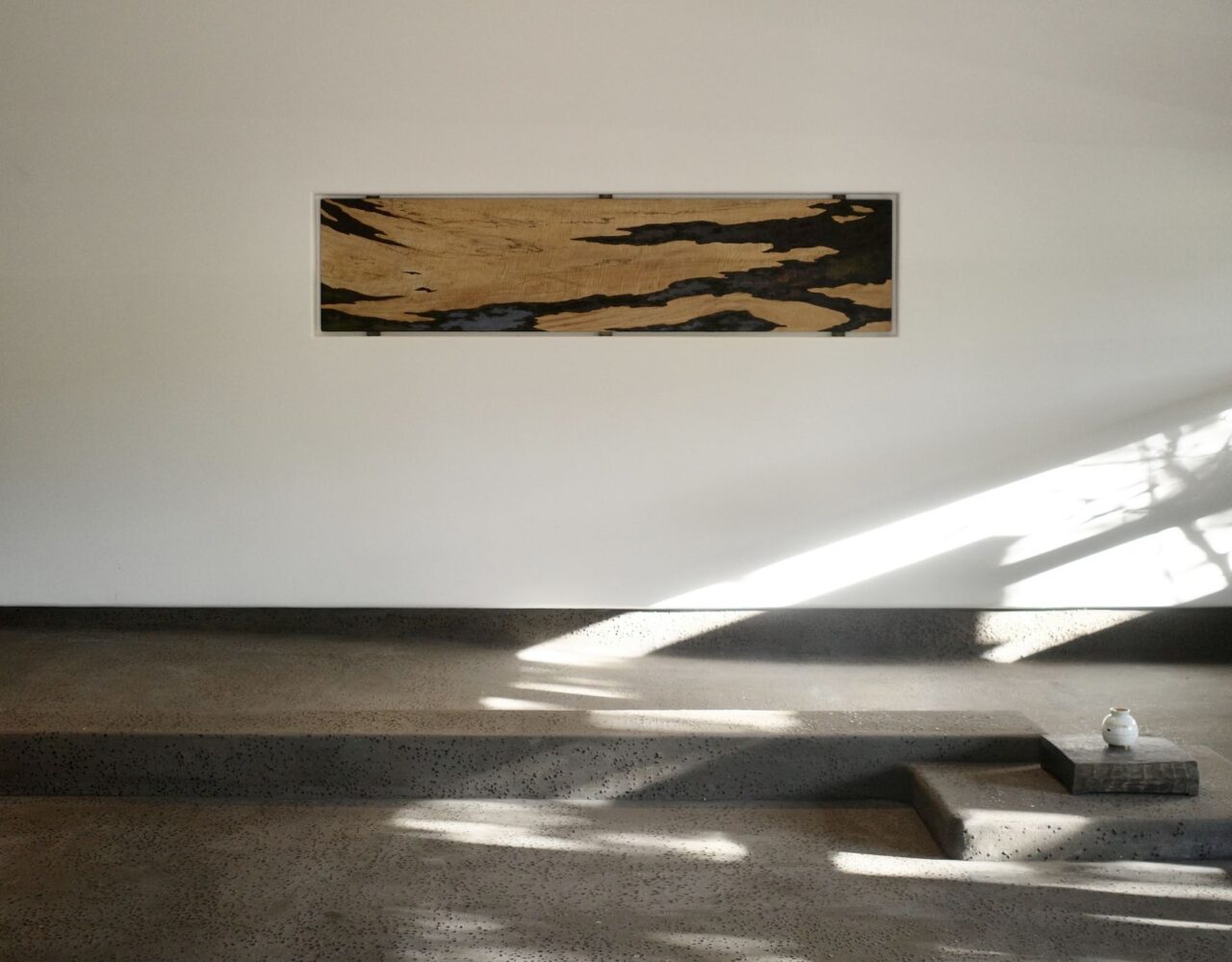George Nakashima: Crafted With Soul
We Visit The Late Designer-Craftsman's New Hope Studio Led By Daughter Mira Nakashima

The late Japanese-American designer and master woodworker George Nakashima‘s work is undeniably celebrated for his reverence and deep understanding of wood. Each crafted timber work heightened the beauty of the material’s individual characteristics by retaining its natural marks and imperfections. Nakashima set the precedent for the concept of perfection within imperfection in design, creating tables, chairs and cabinetry with true craftsmanship and in line with the original form and contours of a living, natural tree. Uninterested in trends and rather passionate about anti-industrial production, his appreciation for craftsmanship and nature has resulted in design – chairs, tables, cabinets, benches – as timeless, thoughtful and graceful forms.
Born in Spokane, Washington in 1905 to Japanese parents, George Nakashima was noted to have loved spending time walking in the woods surrounded by large trees at a young age. He studied architecture in Washington (majoring in forestry) and earned a masters degree at MIT, before moving to Tokyo to work for Czech-American architect Antonin Raymond, leading to a formative opportunity as project manager in an ashram in India. It was in Japan that he also discovered traditional Japanese joinery, that was later put into practice when upon return to America during World War II, Nakashima and his family were placed in internment camps. Nakashima was tasked with improving the living conditions of the barracks alongside master carpenter Gentaro Hikogawa, a fortuitous opportunity in learning the art of improvisation of natural forms from the limited materials they had to utilise. Upon release, the family moved to New Hope Pennsylvania where Nakashima slowly and humbly accumulated land to construct working spaces himself by hand. ‘George embraced the traditional Japanese building principles of ki-mon – respect for the natural landscape and use of indigenous materials – while also experimenting with new innovations, like warped-shell technology that enabled the spanning of large areas with very little material. He built the structures out of necessity, over time and as his income afforded him to do so,’ notes Nakashima Woodworkers.
The studio now continues under the guidance of his daughter Mira Nakashima, who leads George Nakashima Woodworkers in New Hope, Pennsylvania, equally unrelenting in her approach and philosophy of respect and understanding of woods inherent to her father. The studio continues to custom-mill sustainably harvested hardwoods and individually crafts each piece of furniture: the designs also continue to be hand-drawn and hand-finished to this day.
Mira, now at 83-years-of-age, has been leading the studio for 35 years since her father’s passing in 1990, continuing to produce his designs as well as her own that naturally follow the footprint of her father and the concept of kodama; the spirit of a tree. She equally believes that form, utility and craftsmanship are but mere supporting acts to the spirit of the tree in designs that find place in our modern lives and homes.
Travelling to George Nakashima Woodworkers in Pennsylvania offers a kind of pilgrimage for those in respect of great design, nature and craftsmanship. The site is infused with the spirit of George Nakashima. As Mira explains, ‘You can sense his presence in everything.’
Ala Champ Photographer Alex Johnstone visited Mira in New Hope, discussing the key wisdom her father imparted to her, her time studying architecture in Japan, and the humility of The Nakashima Way.
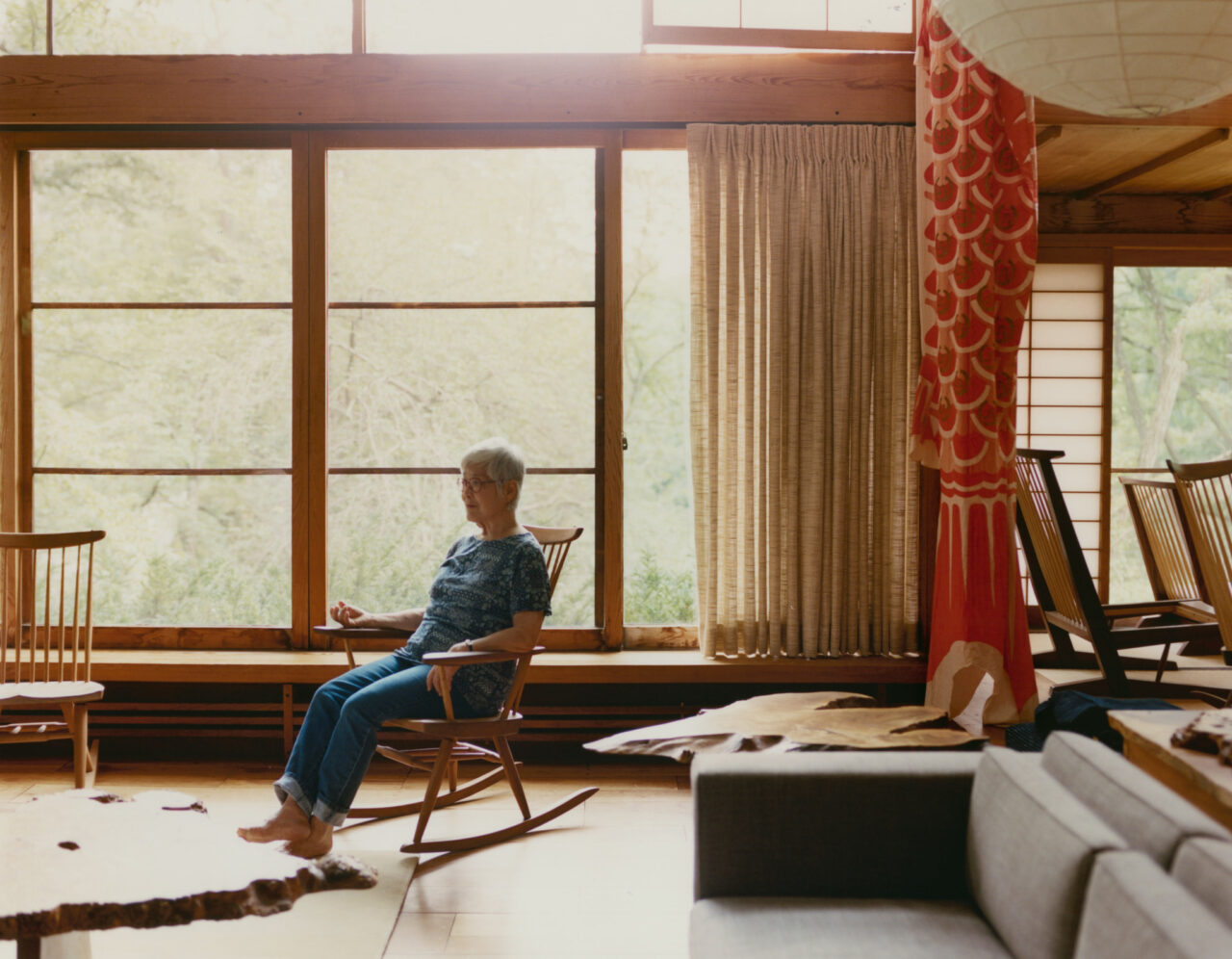
Ala Champ: Can you describe the daily atmosphere you personally feel within The Conoid Studio, your studio and workshop, in New Hope?
Mira Nakashima: It is always a pleasure to walk across the road from my house to the workshop, no matter what the weather or the season. In the wintertime, when the trees are bare and bleak, it is a great pleasure to enter the warmth of the woodshop and to see everyone busily working on their projects, the raw wood slowly becoming something new.
What was one of the most important lessons or fragments of advice your father imparted on you? “keep your nose clean and create a little beauty around you”!
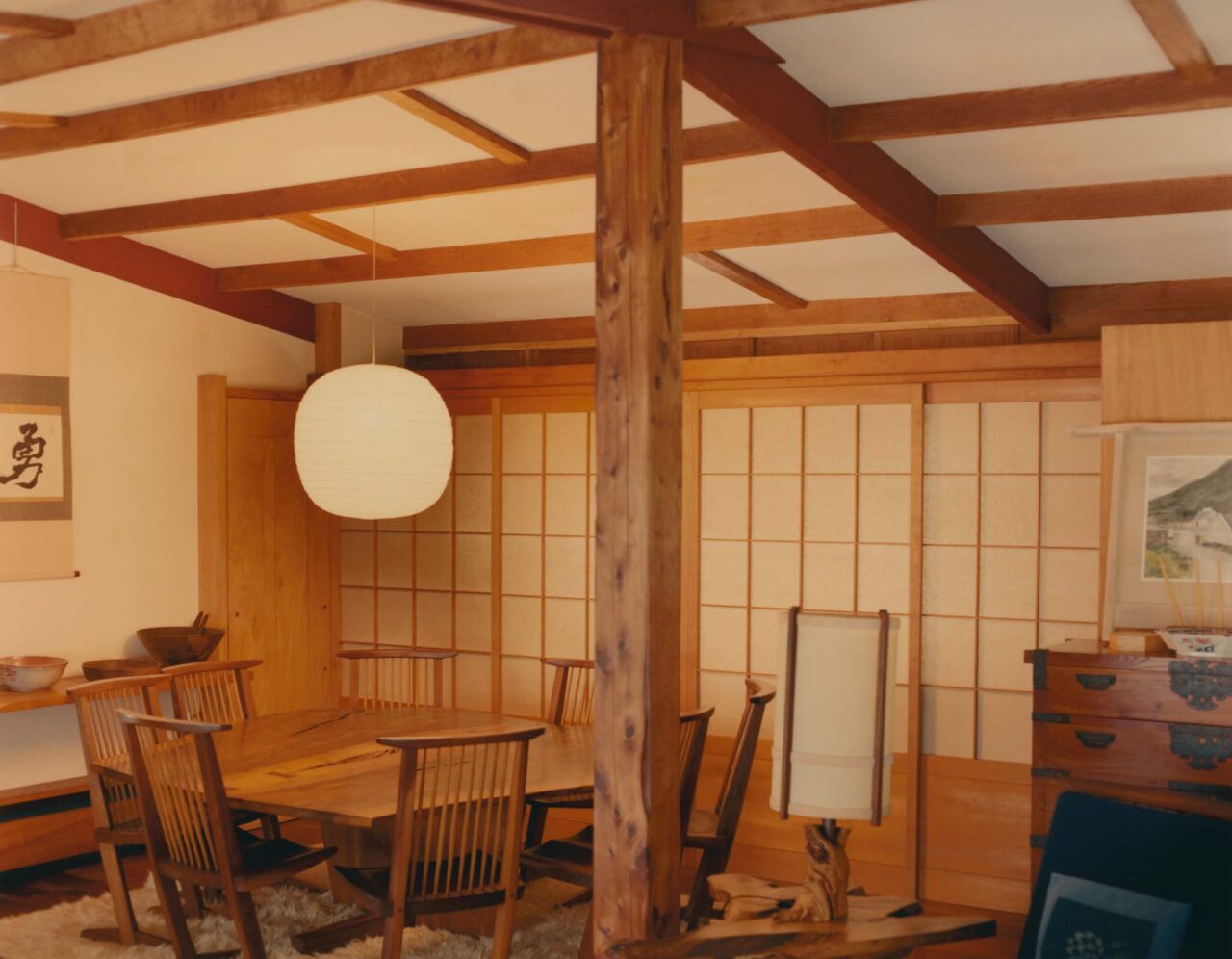
In what ways would your father listen to the ‘Soul of a Tree’?
The Soul of a Tree: I am still learning that lesson. For me, it means finding the right piece of wood for the right job and client, one that “speaks” to us visually.
Your father was disinterested in trends and aimed to achieve ‘shibui’ (timelessness). As furniture is foremost functional and rather democratic in homes, how important is it for the works to enter art spaces or auction houses?
I never translated ‘shibui’ as timelessness, but my father did believe that a good design is a good design, no matter how old it is. We still make most of the “old” designs according to the old standards, but continually teach younger craftsman the Nakashima tradition. Although my father would sometimes make special pieces for different shows, his work was not exhibited in art spaces or sold in auction houses until after his death. I was afraid that the “secondary market” might eliminate the need to make new furniture, but it has actually helped keep us going because it is so expensive!

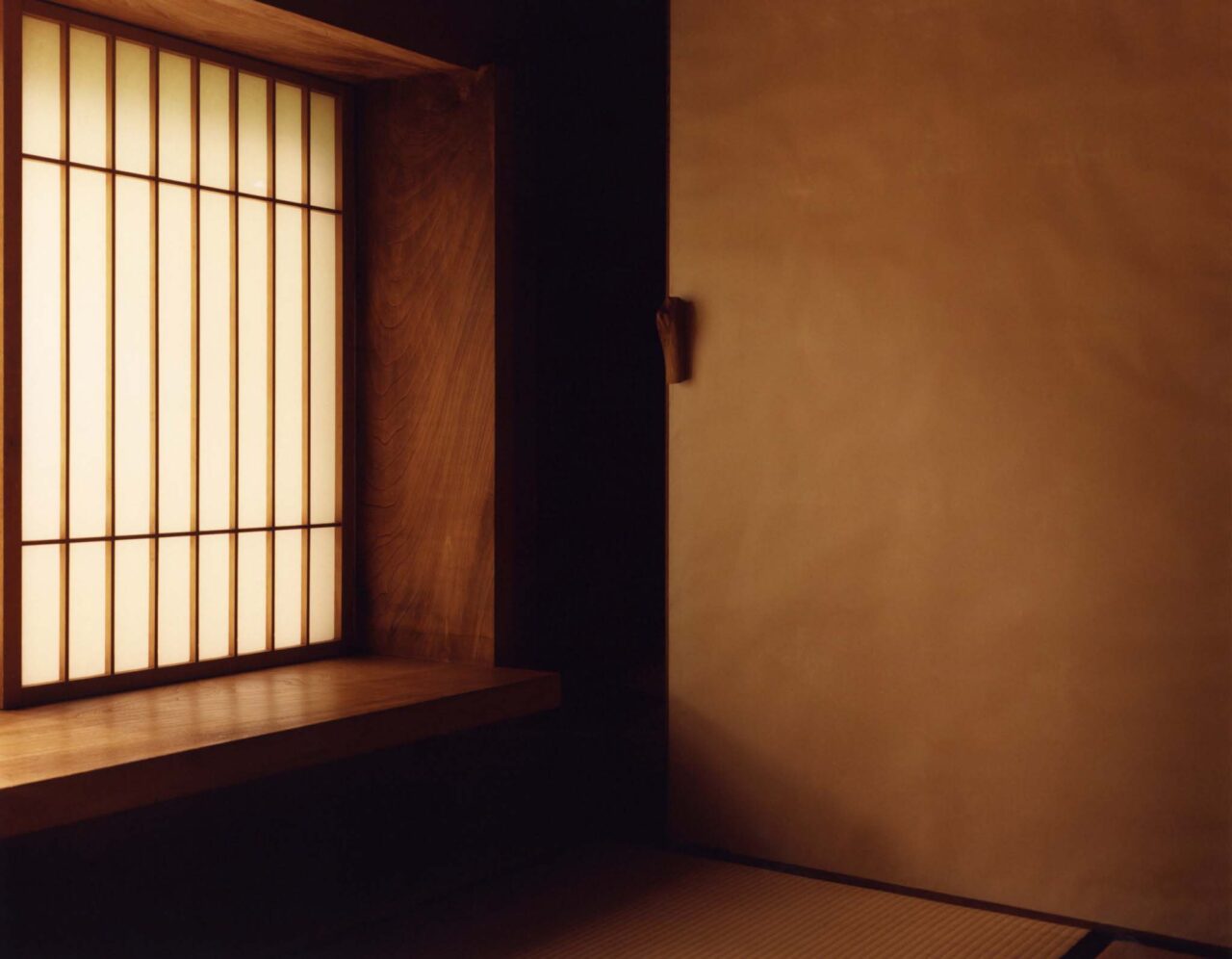
Studying your Masters of Architecture at Waseda University in Tokyo in 1963, what was a formative memory from your studies in Japan?
When I first entered Waseda in 1964, I could not understand enough Japanese to comprehend what the professors were telling us in class, so my classmates thankfully, mercifully gathered together after each lecture and tried to explain to me what had just happened! They also patiently instructed me in the use of drafting tools which I had never used before and even helped me draw up projects!

The wood is our muse and our palette; its shapes and colours speak to those who listen.

As the key foundational director and ‘creative director’ of George Nakashima Woodworkers, how do you approach overseeing and preserving the legacy of the company?
I just come in to work every day and try to do what needs to be done. When my parents were alive, I started at the bottom and when I finished my chores was allowed to work in the woodshop and learn directly from the workers.I still come in each day and try to do what needs to be done, but I never seem to finish!
When young craftspersons join your company, how do teach them the ‘Nakashima way’?
The first lesson is humility. People with big egos do not survive.
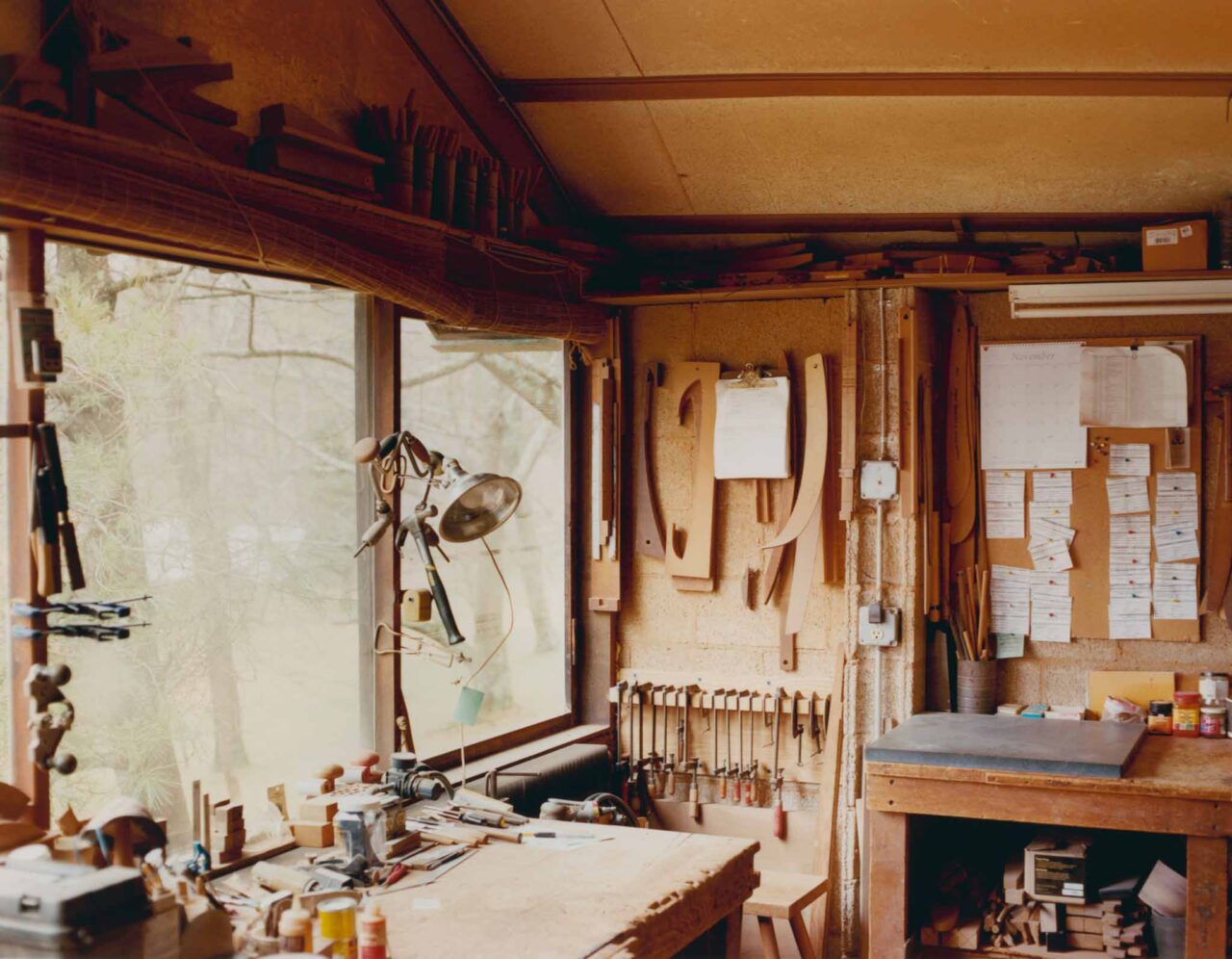

Has anything dramatically changed or progressed over the years in technique and production — in regards to sourcing quality woods, type of available timber species, advancements in custom milling techniques, number of available skilled craftspersons in local industries, etc?
Most of our wood was sourced by my father many years ago, but our “new” wood, mostly Walnut, is sourced by arborists who take down trees no one wants anymore and custom-milled to our specifications. We still are using the same old machines, plus a thickness sander, and have added about 3 more people to the woodworking staff. We have outsourced chair parts for decades, but since the old shops have closed, we outsource to different companies in Pennsylvania who now use CNC technology.


In Japanese, Kodama (the spirit of a tree) refers to a feeling of special kinship with the heart of a tree. It is our deepest respect for the tree.. that we may offer the tree a second life.
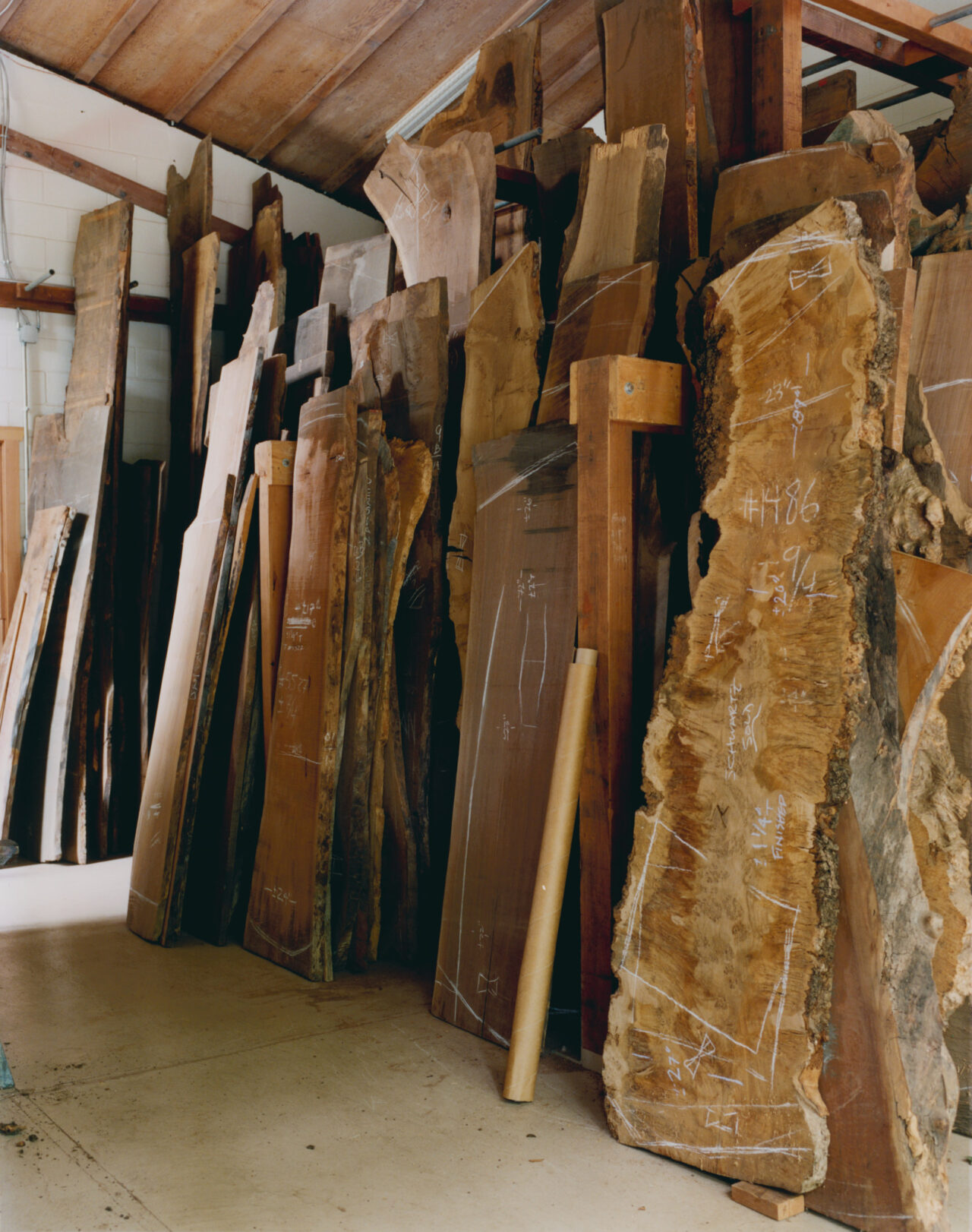

What must one always remember when working with wood:
That the tree was formed by nature itself and must be respected as a co-creator of furniture.

His spirit lives on in the structures he built, in the furniture that he designed, in the trees that he planted. You can sense his presence in everything.

Images: Alex Johnstone
Text: Joanna Kawecki


